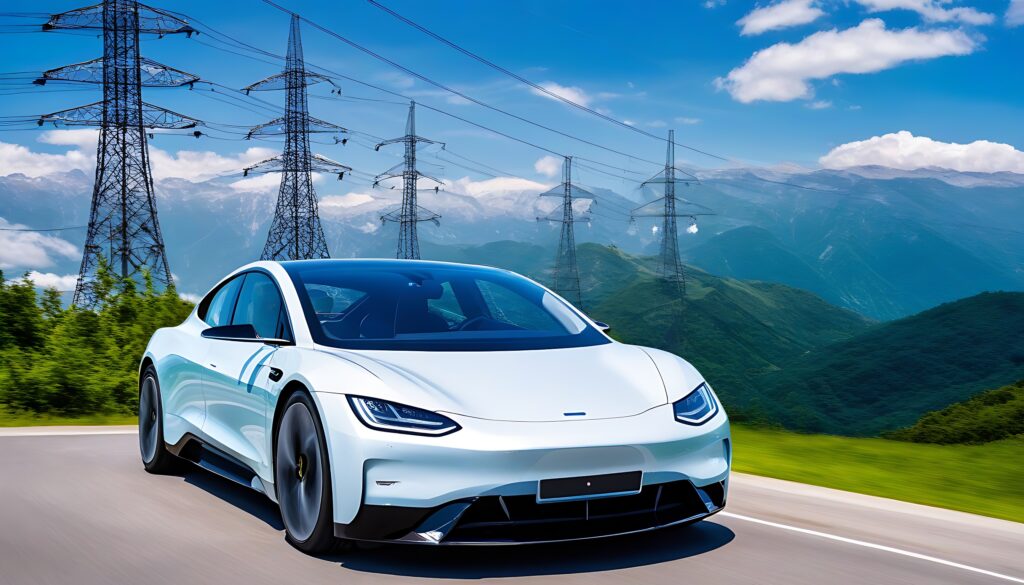
wp-bulk-delete domain was triggered too early. This is usually an indicator for some code in the plugin or theme running too early. Translations should be loaded at the init action or later. Please see Debugging in WordPress for more information. (This message was added in version 6.7.0.) in /home/bharuqtu/public_html/wp-includes/functions.php on line 6121
On average, a gasoline car emits about 243.806g of CO2 per litre of gasoline burned.
Electric vehicles (EVs) produce 60g of CO2/km, which is less than gas vehicles of similar size. Then, why people are hauling over EV Carbon emissions in India? Let’s zoom into EV for this!
The most important part of EVs is the battery. To create a battery, you need minerals, including Cobalt, Graphite, Manganese, and Lithium. These minerals are mined, of course. To mine and process these minerals, there are associated carbon emissions. How much you might ask?
An EV’s battery manufacturing accounts for around 50% of its total life-cycle carbon emissions. In some cases, it’s 60%!
Is EV being good just a myth?
To demystify this EV myth and clarify the benefits of electric vehicles (EVs) over internal combustion engines (ICEs), we examine extensive research data on Life Cycle Analysis (LCA) and Total Cost of Ownership (TCO) of BEVs, HEVs, and ICEVs in this article. We’ll also compare foreign and Indian EV brands, for you to choose the right one!
Fact: Even with the electricity used for charging, electric cars have a lower carbon footprint than gasoline-powered vehicles.
It’s important to consider the long-term vision when someone claims that emissions from EV power plants could make the environment worse. Although the electricity used to charge EVs may originate from carbon-emitting power plants, overall, the impact is typically less than that of regular cars powered by gasoline. Here’s why:
Note: Tailpipe emission means fuel combustion, as including the burning of gasoline, diesel, and other liquefied fuels or biofuels, resulting in tailpipe emissions. They consist of several pollutants, such as CO, NOx, VOCs, HC, N2O, and CH4When discussing the Total Cost of Ownership (TCO) between conventional Internal Combustion Engine (ICEV) vehicles and electric vehicles (EVs), several factors are taken into consideration to determine which is more environmentally friendly and cost-effective. Let’s analyze it:
1. TCO Analysis for Vehicles with Foreign Brands: Battery Electric Vehicles (BEVs) had the highest TCO, whereas Internal Combustion Vehicles (ICEVs) had the lowest.
When subsidies and taxes were equated, the total cost of ownership (TCO) for a Hyundai Kona (BEV) was 12% higher than that of a Honda City e (Hybrid Electric Vehicle, or HEV).
Similarly, the Tata Nexon’s (BEV) TCO was up to 28% greater than that of the Maruti Grand Vitara (HEV).
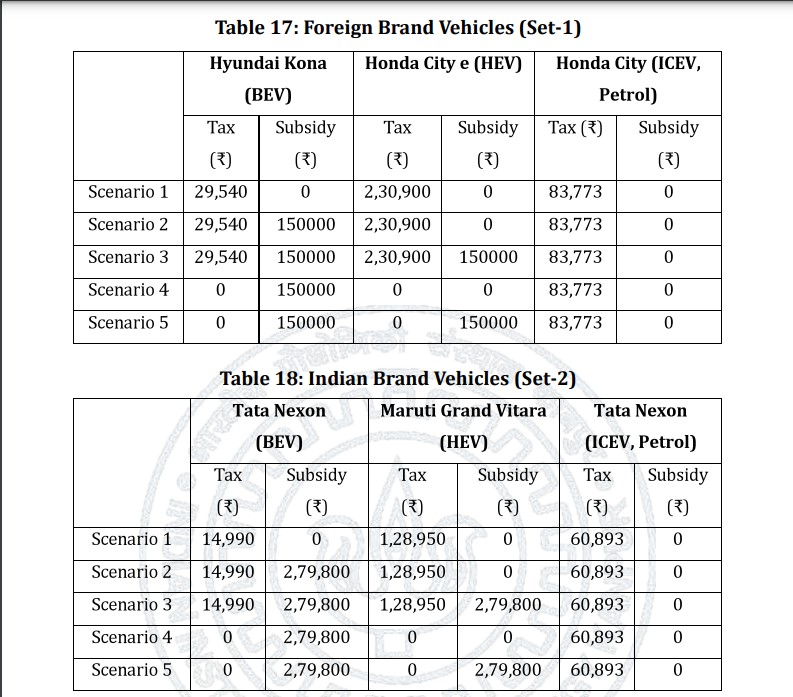
2. Sensitivity Analysis: This research took into account variables such as the cost of fuel and electricity, the annual distance travelled, the cost of replacing batteries, and the price of purchasing a vehicle.
In every sensitivity research, the TCO for HEV decreased significantly relative to BEV when a BEV-like subsidy was given to it.
Under a variety of conditions, ICEVs—like the Honda City—consistently displayed the lowest TCO.
3. Environmental analysis (LCA): For both foreign and Indian brands of cars, hybrid electric vehicles (HEVs) have significantly lower greenhouse gas (GHG) emissions than battery electric vehicles (BEVs) and internal combustion engines (ICEVs).
| Criteria | Foreign Brand Vehicles | Indian Brand Vehicles |
| Scenario Considered | Various energy price changes | Changes in electricity/petrol prices |
| Impact on TCO for BEV | Minor changes, less than 3% | Minor changes, less than 3% |
| Impact on TCO for HEV | Minor changes, less than 3% | Minor changes, less than 3% |
| Impact on TCO for ICEV | Significant changes observed | More significant changes observed |
| Subsidy Impact on HEV | BEV-like subsidy leads to lower TCO | BEV-like subsidy leads to the lowest TCO (21% or more) |
| Overall TCO Ranking among Powertrains | ICEV remains the lowest in all scenarios | BEV is lowest with the subsidy HEV can be the lowest with BEV-like subsidy. |
Conclusion: Among cars from foreign brands, internal combustion engines (ICEVs) continue to be the most cost-effective power train choice.
For cars bearing Indian brands, the situation is reversed. However, Indian brand HEVs with subsidies could become the most economical option and BEVs have better subsidies and they both contribute to lower GHG emissions, aligning with India’s commitment to achieving net zero by 2070.
Fact: Even after considering manufacturing costs, the lifetime greenhouse gas emissions from an electric vehicle are usually lower than those from an average combustion vehicle.
Although there are valid concerns regarding the environmental effects of EV battery production, throughout a vehicle’s lifetime, EVs typically outperform other vehicles. Here is the reason:
Conclusively, switching to electric vehicles is a beneficial move for the environment, considering their reduced total emissions of greenhouse gases and the possibility of future energy sources being cleaner. Looking at the vehicle’s whole life cycle is important, not just the manufacturing emissions.
Note: For Tata Nexon EV owner, with a green energy source for charging like solar or wind, can achieve carbon neutrality in around 9300km of drive.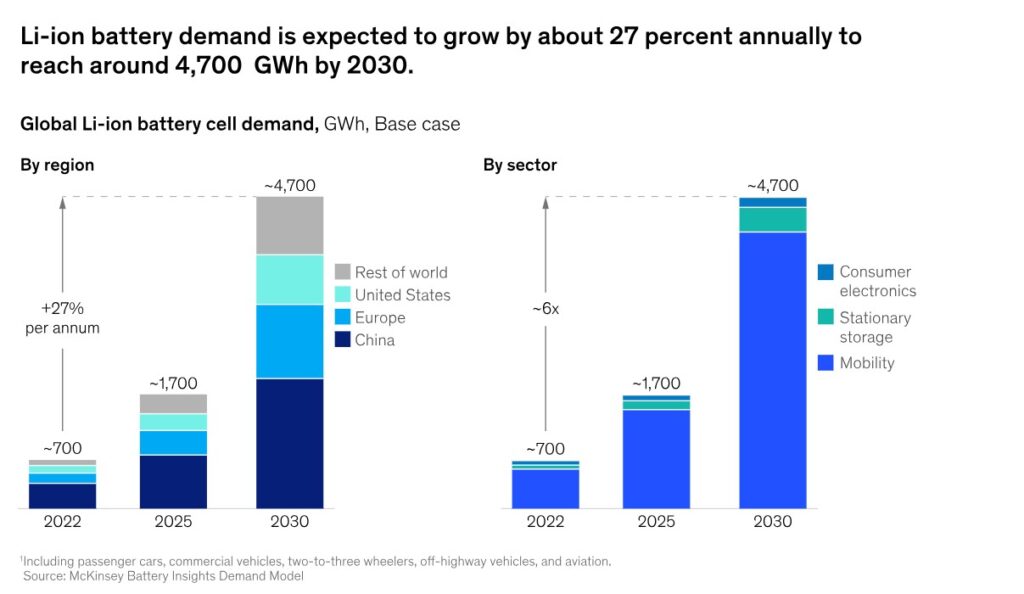
According to the McKinsey report, there is an increasing demand for batteries worldwide because of the need to electrify to reduce climate change. Here, we have pinned points for a better understanding.
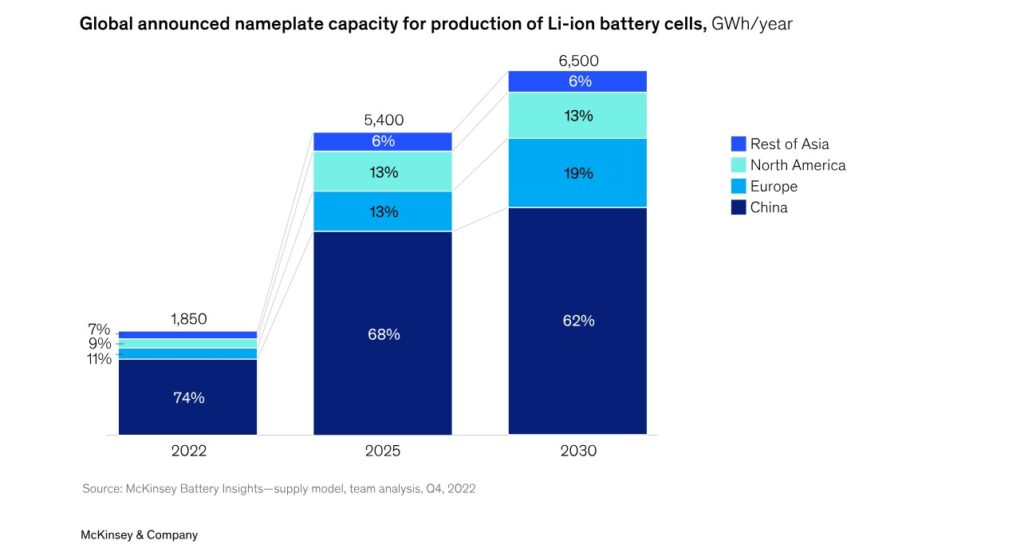
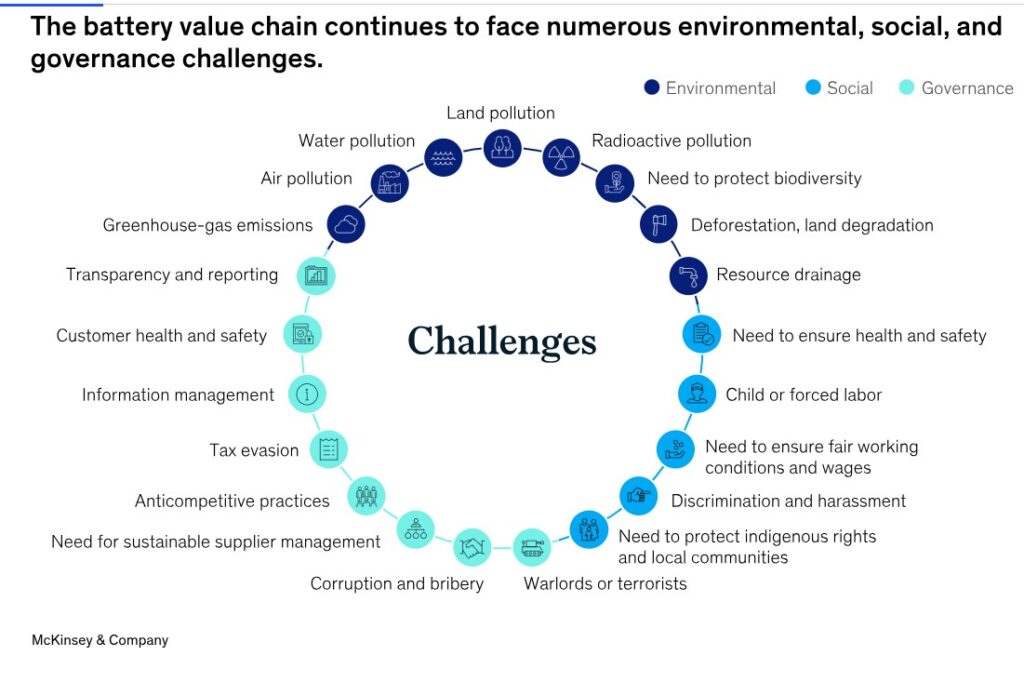
In the process of making batteries for electric vehicles, some significant challenges need attention. These challenges fall into three main categories: Environmental, Social, and Governance (ESG). Let me explain each of these:
Mining materials from the earth and converting them into useful elements are two major steps in making batteries.
The environment may suffer from this process in several ways, including harm to the land, the demise of various plant and animal species (biodiversity loss), the production of hazardous waste, and contamination of the air, water, and soil. Furthermore, improper battery disposal can result in major pollution problems.
The people who live in the areas where these operations take place may be affected by the battery-making process. Improper management of this situation could result in worker relations problems, such as child labour and forced labour.
Additionally, it may have an impact on local community rights, particularly in developing areas. These involve unfair treatment of employees and rules regarding ethical behaviour in the workplace being broken.
Additionally, it might have an impact on the rights of the locals who live close to these projects.
Conflicts or unethical behaviour can occasionally result from the way businesses conduct themselves and communicate with others. This holds special significance to companies that handle the production of batteries.
Businesses may encounter circumstances where their plans collide with the public interest or environmental sustainability. There may be problems with bribery, funding armed conflicts, tax evasion, corruption, and so on.
Businesses need to stay away from these issues to be regarded as morally and ethically righteous.
#1 HEVs emit lower GHG emissions than BEVs and ICEVs.
#2 Indian brand HEVs, with BEV-like subsidies, have the lowest TCO and are environmentally sustainable for today.
#3 EVs typically emit lower lifetime greenhouse gas emissions compared to average combustion vehicles.
#4 McKinsey projects the rising demand for Li-ion batteries, emphasizing the need for sustainable practices.
#5 Battery manufacturers must prioritize sustainability and circularity along the entire value chain.
I contradict these EV myths with a statement- Electric Vehicles are good for a lifetime vision. In my opinion, HEVs are working great for the grid now, but the question is still the same- is it going to use gasoline forever? What about tailpipe emissions? And it’s a yes! Even if it’s the lowest as compared to ICEs, it’s continuous. Hybrid would work well for the coming few years, but then you’d see HEVs shifting to BEVs.
It’s well to go with a broad vision if you’re concerned about going completely green for the future. Furthermore, the government is providing better subsidies for BEVs in India. HEVs and BEVs of foreign brands are no better than combustion vehicles in India. It’s like you’re buying carbon emissions from foreign countries.
As consumers, understanding these facts empowers us to make decisions that align with our environmental and economic goals for the future. To read more such insightful EV content, visit @bharatnex.com
Resources Links-